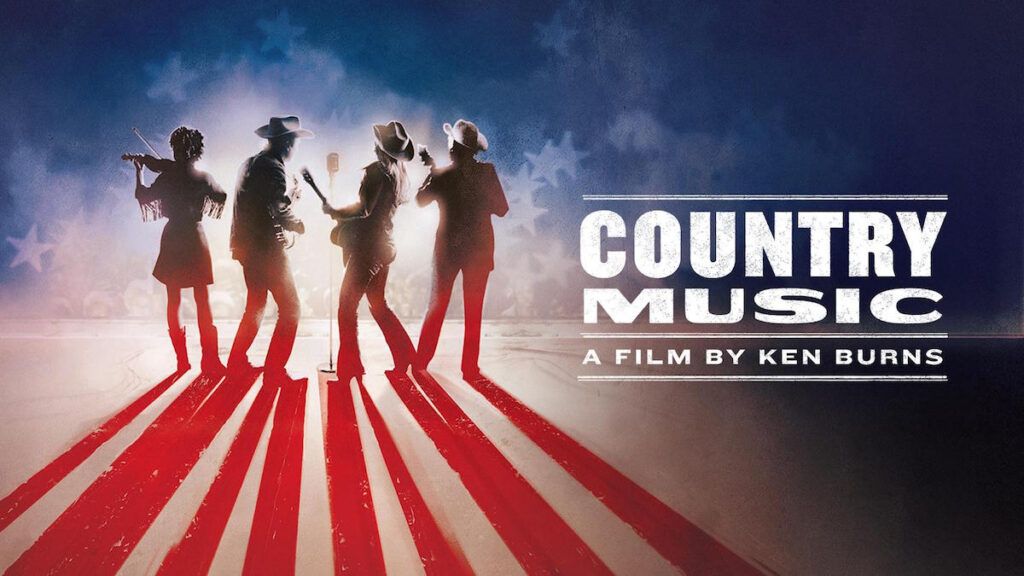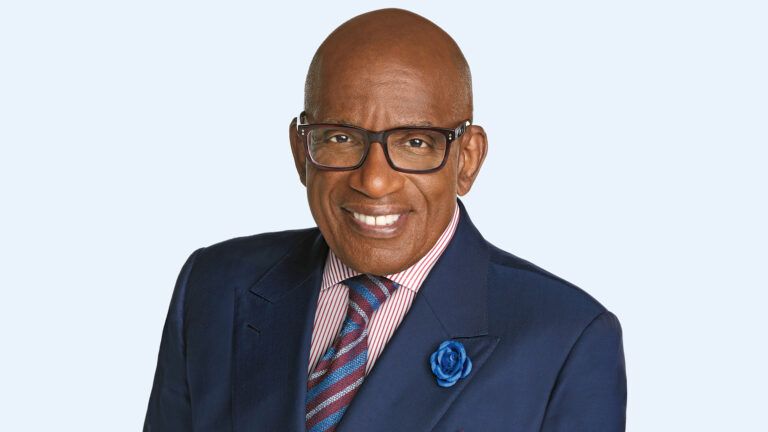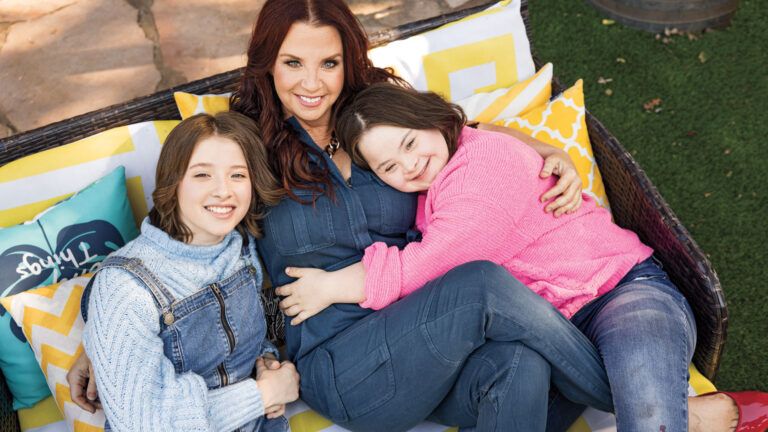Ken Burns is widely regarded as one of the greatest documentary filmmakers of all time. His films have covered everything from Baseball and The Civil War, to The National Parks: America’s Best Idea, which won an Emmy Award in 2010. His films have earned him a Guggenheim Fellowship and the Television Critics Association Lifetime Achievement Award in 2017.
His newest project, Country Music, is an exhaustive, eight-part PBS series on the surprising history of one of America’s most beloved musical styles. The episodes will air nightly from September 15-18 and 22-25.
Guideposts.org spoke with producer Julie Dunfey, who has worked with Burns on several projects, including the Civil War and Dust Bowl series, about the process of making film.
Guideposts.org: One of the taglines of the series is ‘a story of America, one song at a time.’ How is country music the story of America?
Julie Dunfey: I think all the topics we pick are a different lens or another way of telling the story of America. We’re complicated people. Well, with country music we get to look not only at [time periods] like for example the 1930s but…this time we’re looking at it through music and we’re seeing the stories of people. And so it’s about the music, but it’s about the stories behind the music and those stories help tell the story of America as do the songs. It’s another lens on the American experience.
GP.org: Can you give our readers a sneak peek of some familiar faces they might see in the documentary? Who can they look forward to walking them through the history of country music?
JD: In the first episode [we cover] the Carter Family and Jimmie Rodgers. In the second episode, Bob Wills, Western Swing, Gene Autry the singing cowboy, the Maddox Brothers and Rose.
The title of the third episode is ‘The Hillbilly Shakespeare’, that’s Hank Williams. Patsy Cline, Loretta Lynn, Dolly Parton, Merle Haggard. I’m trying to think. I know I’m missing people as I go, but Emmylou Harris, Waylon Jennings, Willie Nelson, Vince Gill.
But I think Roseanne Cash and Johnny Cash are central. He’s introduced in episode four and we take his story through every subsequent episode right to his death in our last episode and in fact the last moment of our film. And of course there are many, many more.
GP.org: What do you think people will be most surprised to learn while they’re watching the series?
JD: We go back and trace its roots. And I think one of the things that may surprise people is the roots are complicated. It’s the banjo from Africa. The banjo, a fretless board, came with slaves. It’s the fiddle from Europe. It’s the balance from the British Isles. And when those things come together, mostly in the American South and rub up against each other, that’s when you get this great mix of what became known as country music.
It’s that mix that I think may surprise and we hope delight people that you often find in American music and in American culture generally.
GP.org: You mentioned some surprising origins of country music. Is there a connection between gospel music and country? How did faith and country music become so intertwined?
JD: Gospel music is a huge, huge, huge part of country music. And you see that with the Carter Family and Johnny Cash. Every concert he did, he had a gospel song. It was a promise to his mother. His older brother died in a terrible accident when he was young. [He] wanted to be a preacher, and Johnny always promised his mother that because his brother was gone, gospel music would be a part of whatever he did.
I think those songs of faith and ultimately also of redemption, they’re just part of the DNA of that part of country music.
GP.org: You’ve talked about a few of the influences female musicians on country music that have been overlooked. How did you make the choice as a creative team to include those stories and what interesting things did you discover as you’re trying to include as many people as possible in the narrative?
JD: Discover is absolutely the right word…We’re trying to discover the story as we do our research, as we talk to people and let the story come to us.
So women for instance, they’re right there in country music from the get go…and boy, I’ve got to say the women in country music are strong…And one thing that really struck me was how much women helped each other.
When Connie Smith showed up in Nashville as a young woman…Loretta Lynn heard that Connie was at the Opry, and she told her husband [to go] get her. Connie said [they] met that night. She said, “[Loretta] told me what to expect in Nashville. She told me who to look out for, who might help me.” What Loretta said was, “Patsy [Cline] did this for me and I’m going to do it for you.” There was that kind of handing down of knowledge and just lending a dress, helping out, doing what you could. I found that interesting, surprising and heartwarming.
GP.org: Is there a story or a moment that was particularly touching or that moved you as you worked on the series?
JD: I mean there are many, but I think when we did Merle Haggard’s interview.
When he turned 18 he was picked up for a minor burglary and because of his record of 17 escapes, they tossed him in San Quentin with a sentence of 15 years with several thousand of the most hardened criminals in California. When he was an inmate, Johnny Cash came and performed at the prison. Johnny Cash always identified with people he felt were looked down upon or left out, whether it was Native Americans or prisoners. And Merle Haggard was in the audience on a New Year’s Day concert when Johnny Cash played, and he said, “Something happened to me in San Quentin where I just decided I wasn’t going to dig myself into a deeper hole.”
After being a prisoner who had been tossed in solitary a couple of times, [Haggard] became a model prisoner. Played in the band, took the hardest job in the textile mill, got out and was paroled after two and a half years.
From [having] some familiarity with his music to doing the interview and getting to see him as an incredibly compassionate, fascinating man, and then taking that story into San Quentin itself was just an incredible experience for me. It was one that I never would have expected.
This interview has been edited for clarity and length.





